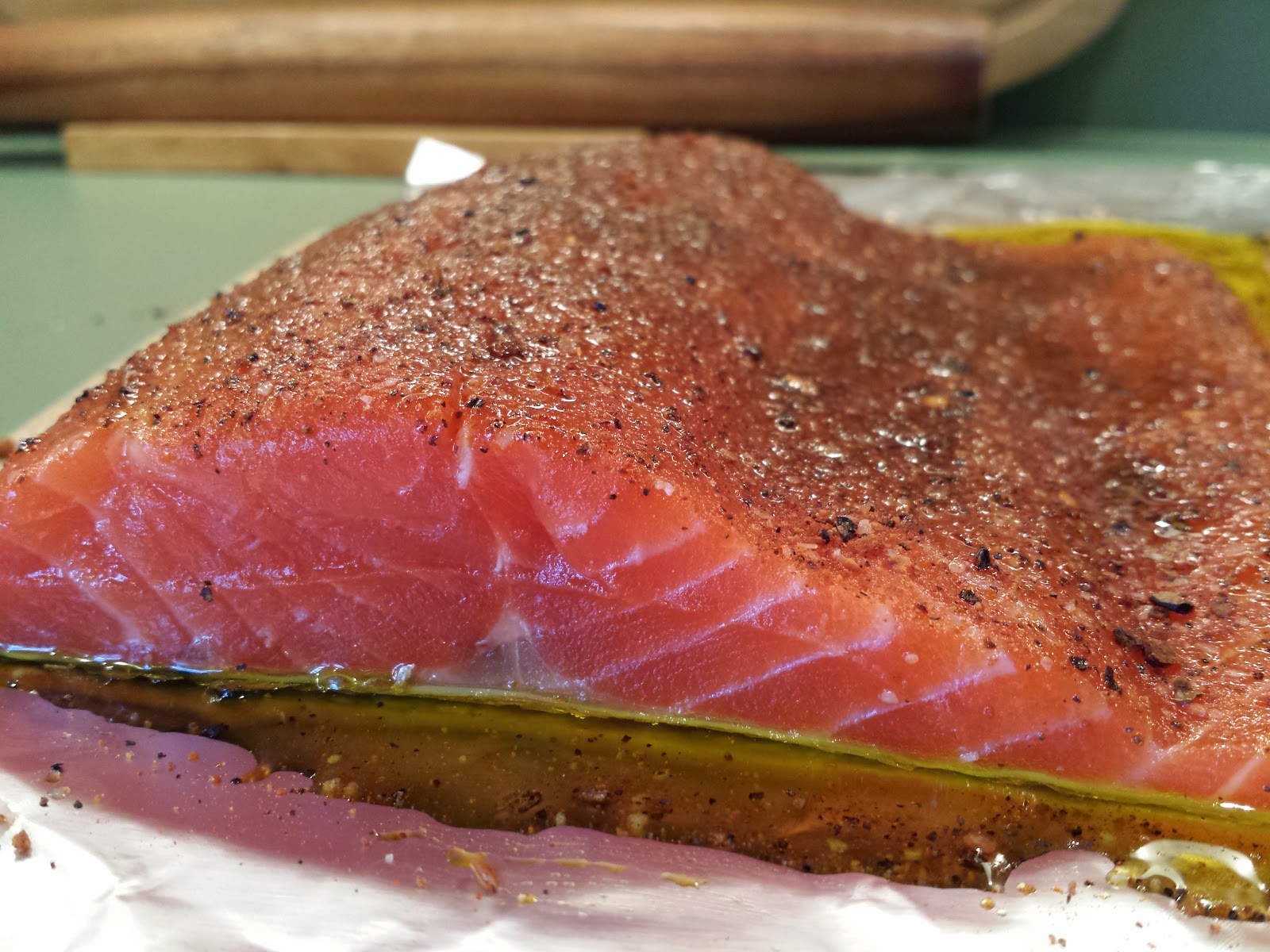You Will Need:
- 1 Frozen Pie Crust
- 1 Cup (8oz) Sour Cream
- 3/4 cup sugar
- 3 TBSP A/P Flour
- 1/8 teaspoon salt
- 3 Cups FRESH Blackberries (or a 16oz frozen bag of blackberries, but the fresh berries are so much better that I hate to even mention this option, so forget I ever brought it up)
This is the easiest pie you will ever bake. In fact, you'll spend more time managing the pie-crust than you will making the pie. This pie doesn't bake at a very high temperature, so you'll need to par-bake the crust to give it a head start. Thaw the crust thoroughly so that it's at room temperature, then dock the bottom and sides with a fork to vent any steam. You don't want giant air-bubbles in your crust, so use the fork to poke holes in the bottom and the sides! Bake the crust according to the directions it comes with, but only for about 3/4 of the specified time. It will be "tan" but not quite "golden brown." When the crust is done, set your oven to 350 degrees, in anticipation of the pie that will be in there, soon.
Now, for the pie filling... Plop the sour cream, sugar, salt, and flour into a bowl and stir it together with a paddle or spatula. The sugar will take some time to dissolve and you don't want gritty filling so... really beat the crap out of it! BEAT BEAT BEAT!! Let it sit, covered, in the refrigerator for 1/2 hour and taste it. The sugar should be completely dissolved and your brain should tell you, "Hey, this would be a downright spectacular fruit dip to serve with berries and cut melons!" When that happens, you'll be ready to add the blackberries! Dump them in there and gently stir them into the mix.
You could stir the berries more violently, I suppose, if you want some of the berry juice to mix with your filling, but I prefer to let the heat in the oven "pop" them open. If you do crush the berries during the stir, or if you used frozen berries, you'll have a purple pie. That's not a bad thing, but some people might be averse to purple food. The only purple food I ever ate was Poi, in Hawaii. I don't recommend it. In fact, I think I'd recommend that you eat the sand on the beach before you try to eat Poi. Nasty stuff, that.
Pour, fold, and scrape every ounce of goodness from your bowl into your pie crust. Gently mash the berries into place using your spatula and make sure the filling oozes into the gaps. If you're persnickity about how the pie will look when it's done, you may want to gently pluck out and rearrange some berries so that things look a bit more "even" to your anal-retentive self. In any case, you're ready to bake! With the oven set to 350, place a pie in the center rack, and let it bake for 50 minutes. Baking two berry pies at one time can be a bit unpredictable so I chose to bake mine one at a time.
The heat of the oven will pop the berries and set the filling. If you jiggle the pie, it might "dance" a little bit, but it should be noticeably more firm when it was when you slid it in there. Also, there should be some berry juice highlighting the pie with accents of bright purple here and there. You'll need to resist the temptation to just eat it with a spoon at this point. Set the pie on the counter to cool.
I recommend a modest scoop of Rocky-Road ice cream with this pie. The marshmallows tie-in the texture and the chocolate adds a nice contrast. The nuts don't hurt, either!























